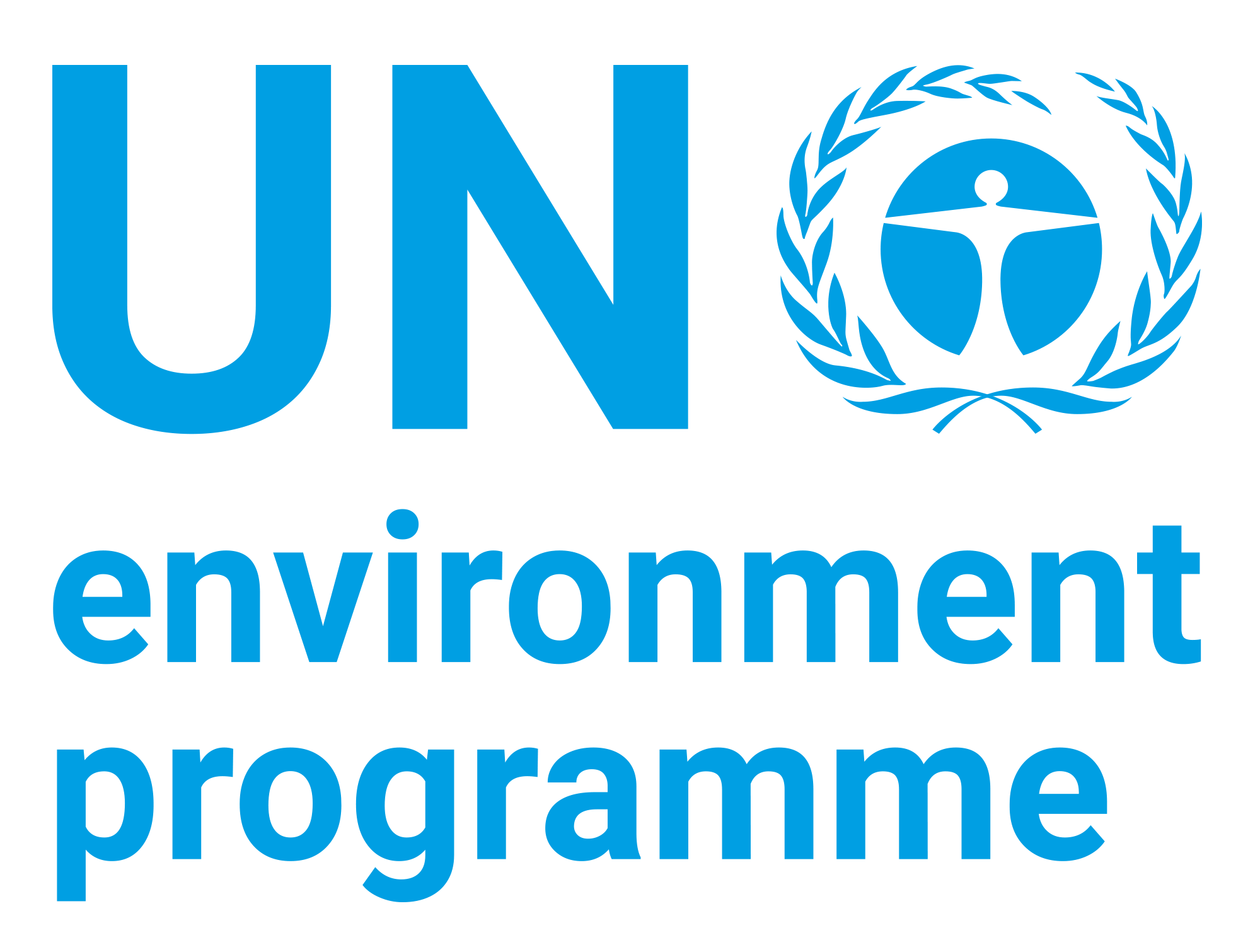| dc.contributor.author | Republic of Korea, Ministry of Environment | |
| dc.coverage.spatial | Republic of Korea | |
| dc.date.accessioned | 2016-10-11T20:09:51Z | |
| dc.date.available | 2016-10-11T20:09:51Z | |
| dc.date.issued | 2013 | |
| dc.identifier.uri | https://wedocs.unep.org/20.500.11822/9005 | |
| dc.description | The Ministry of Environment and the National Institute of Environmental Research has been running the Water Quality Forecasting System at 16 weirs of the four major rivers since 2012, after conducting test-operation over the Sejong Weir segment since August 1, 2011. The Water Quality Forecasting System is a method of forecasting changes to water quality and reporting the result using numerical modeling based on pollution source, water quality assessment data, hydro-meteorological data, and weather forecasting data 1). Currently, it provides water quality forecast services on water temperature and Chlorophyll-a (\"Chl-a\") of 16 weirs of the four major rivers for the next week. From 2009 to 2012, the Korean government conducted the Four Major Rivers Restoration Project to prevent floods and droughts in the four major rivers - Han river, Nakdong river, Geum river, and Yeongsan river and to restore the water quality and ecosystem. As part of the project, 16 weirs were constructed along the four rivers to secure 8 tons of water, to maintain the water levels of the upper regions and to prepare against extreme droughts2). The Water Quality Forecasting System was introduced to detect the changes of the river water quality, and to enable proactive management. | |
| dc.language | English | |
| dc.publisher | Ministry of Environment - Korea Environment Institute - Republic of Korea | |
| dc.rights | Public | en_US |
| dc.title | Korea Environmental Policy Bulletin - Water Quality Forecasting System | |
| dc.type | Reports, Books and Booklets | en_US |
| wd.identifier.sdg | SDG 6 - Clean Water and Sanitation | en_US |
| wd.identifier.sdgio | http://purl.unep.org/sdg/SDGIO_00000040 | |


